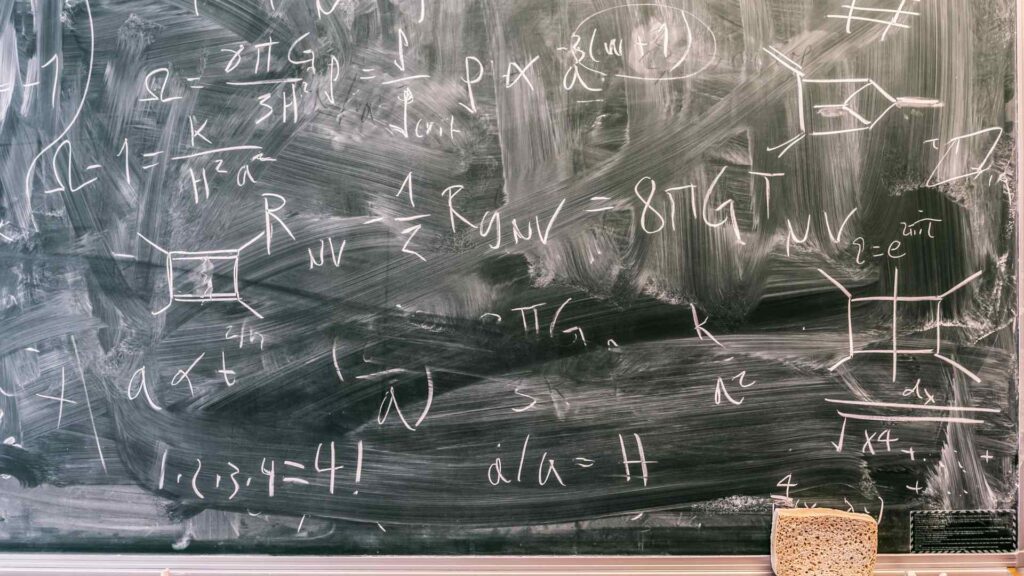Einstein’s Riddle is a legendary logic puzzle that challenges the sharpest minds. Packed with clues, it’s said only 2% of people can solve it.
Intrigued? Dive in to uncover its history, rules, and strategies to solve this mental masterpiece!
What Is Einstein’s Riddle?
Einstein’s Riddle, also known as the Zebra Puzzle, is a classic logic problem involving a grid of clues.
Its purpose is to determine relationships between several variables—such as who owns the zebra or who drinks water.
The puzzle’s complexity lies in its dependency on deduction and reasoning, making it a beloved challenge for puzzle enthusiasts.
Origins of the Riddle
Though often attributed to Albert Einstein, there’s no definitive proof he created it. The riddle gained prominence as an illustration of logic and reasoning in early 20th-century puzzles.
The Premise
The puzzle typically consists of five houses of different colors, each occupied by someone of a different nationality.
Each resident drinks a distinct beverage, smokes a unique brand of cigar, and keeps a specific pet. Your mission? Answer the question based on clues provided, such as:
- The Brit lives in the red house.
- The Swede keeps dogs.
Why Is It Popular?
Its combination of challenge, fun, and the allure of genius creates a perfect storm for those who enjoy a mental workout.

How to Solve Einstein’s Riddle
To solve Einstein’s Riddle, you need logic, patience, and a structured approach.
Setting Up a Grid
Create a 5×5 grid. Label columns with variables (e.g., houses, colors, nationalities) and rows with numbers (1 to 5). This visual representation helps track connections.
Analyzing the Clues
Break the clues into manageable parts. Start with direct statements (e.g., “The Brit lives in the red house”) and eliminate impossibilities to narrow down options.
Using Deductive Reasoning
Deduction is key. Look for relationships, like:
- If A happens, then B cannot.
- If B occurs, then C must follow.
Common Pitfalls
- Ignoring indirect clues
- Overlooking eliminated options
- Rushing instead of methodically evaluating clues
Practice Makes Perfect
Einstein’s Riddle has many variations online. Practice different versions to sharpen your skills.

Breaking Down the Puzzle
Solving Einstein’s Riddle requires a systematic approach. Here’s a step-by-step walkthrough of a typical version.
Step 1: Read All Clues
Carefully read every clue without jumping to conclusions. Write them down if needed.
Step 2: Begin with Certainties
Identify definitive statements, like “The Brit lives in the red house,” and fill in those details on your grid.
Step 3: Build on Logical Connections
Using deductive reasoning, combine clues. For example:
- If the green house is immediately to the left of the white house, determine their relative positions.
Step 4: Narrow Down Options
As your grid fills up, fewer possibilities remain. Deduction becomes easier as constraints tighten.
Step 5: Arrive at the Answer
Double-check your work. Ensure no contradictions exist and all clues align with your solution.
Tips for Mastering Einstein’s Riddle
While the riddle is challenging, these tips can streamline your solving process.
Stay Organized
Clarity is crucial. Use charts, tables, or diagrams to track progress and relationships.
Think Outside the Box
Sometimes clues require creative interpretation. For example, “next to” may imply adjacency in either direction.
Develop Logical Thinking
Practicing other logic puzzles can enhance reasoning skills, making Einstein’s Riddle feel less daunting.
Avoid Multitasking
The complexity of the riddle demands full concentration. Set aside distractions while working through clues.
Learn From Mistakes
Each wrong attempt is a step closer to understanding. Review errors to avoid repeating them.

Variations of Einstein’s Riddle
Over time, the riddle has inspired countless adaptations and versions.
Themed Riddles
Some versions replace the original variables with modern equivalents, such as favorite movies, cities, or gadgets.
Expanded Grids
While the traditional riddle uses a 5×5 grid, larger grids introduce additional layers of complexity.
Timed Challenges
For competitive solvers, timed versions test not just accuracy but speed.
Why Logic Puzzles Are Beneficial
Einstein’s Riddle isn’t just fun—it’s also educational.
Boosting Cognitive Skills
Logic puzzles enhance critical thinking, memory, and problem-solving abilities.
Reducing Stress
Immersing yourself in a puzzle provides a mental escape from daily worries.
Encouraging Perseverance
Einstein’s Riddle teaches resilience, as solving it often requires multiple attempts.
FAQs About Einstein’s Riddle
What makes Einstein’s Riddle unique?
Its combination of logical deduction and interconnected clues creates a mental challenge unlike most puzzles.
Is the riddle truly unsolvable for 98% of people?
While the “2%” statistic is unverified, the puzzle does demand above-average reasoning skills and patience.
Did Einstein really create the riddle?
There’s no evidence that Einstein authored the riddle, but its name adds to the mystique.
How long does it take to solve?
Depending on experience, solving can take anywhere from 30 minutes to several hours.
What skills does solving it improve?
Logical reasoning, attention to detail, and structured problem-solving are key benefits.
Are there tools to help solve it?
Printable grids and online puzzle solvers can assist beginners, but solving manually provides the most satisfaction.
Conclusion
Einstein’s Riddle stands as a testament to the power of logic and human ingenuity.
Whether you solve it alone or share the experience with friends, this timeless puzzle offers a rewarding intellectual adventure. Challenge yourself today and see if you’re among the few who can master the riddle!
